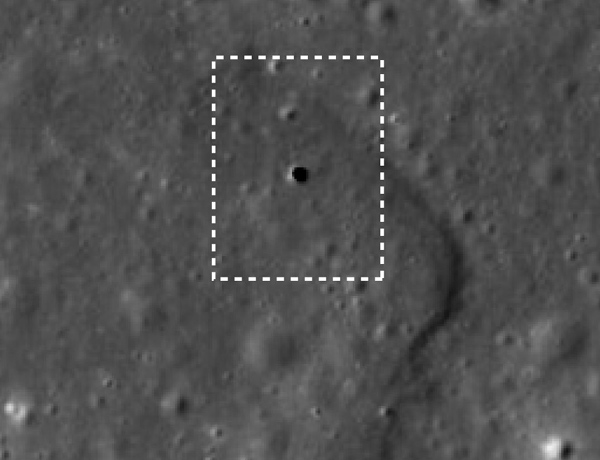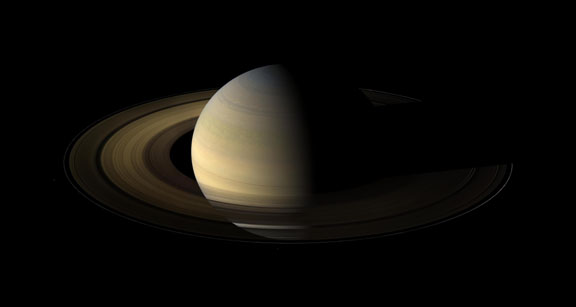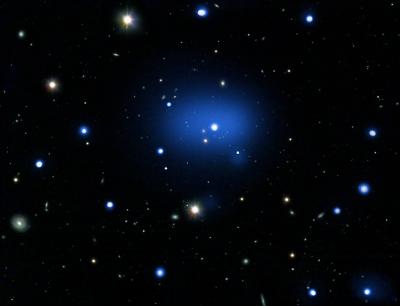
© Pavlopetri ExpeditionArchaeology rocks
A settlement that long ago sank into the Mediterranean Sea has been identified as the world's oldest underwater town. Pavlopetri, off the southern coast of the Pelopennese in Greece, has been dated to around 3000 BC.
Although Pavlopetri was found in 1967, the Greek government has just announced that 5000-year-old pottery fragments have been recovered from the town, forcing a rethink of when it was first occupied.
Moreover, the government has also revealed that a further 9000 square metres of buildings, streets, and graves - plus what looks like a large ceremonial building called a megaron - have been discovered. This suggests that Pavlopetri may have been an important trading port, and provides new clues about how Neolithic people lived.
"You can find scattered huts or Palaeolithic caves [on the sea bed] which are much older, but not towns with streets, and rows of houses sharing common walls," says Nic Flemming of the National Oceanography Centre in Southampton, UK, who first discovered Pavlopetri in the 1960s and dated it to around 1500 BC.
"What we've got here is something that's 2000 or even 3000 years older than most of the submerged cities that have been studied. And its uniqueness is not just its age, but the fact that it was used as a port."



